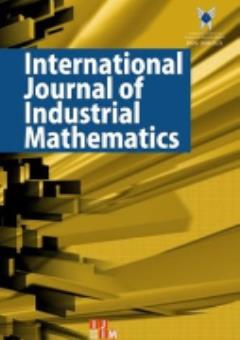Financial Ratios and Efficient Classification Algorithms for Fraud Risk Detection in Financial Statements
الموضوعات : مجله بین المللی ریاضیات صنعتی
Zahra Nemati
1
,
Ali Mohammadi
2
,
Ali Bayat
3
,
Abbas Mirzaei
4
![]()
1 - Department of Accounting, Zanjan Branch, Islamic Azad University, Zanjan, Iran.
2 - Department of Accounting, Zanjan Branch, Islamic Azad University, Zanjan, Iran.
3 - Department of Accounting, Zanjan Branch, Islamic Azad University, Zanjan, Iran.
4 - Department of Computer Engineering, Ardabil Branch, Islamic Azad University, Ardabil, Iran.
الکلمات المفتاحية: Fraud prediction, Data Minin, Metaheuristic algorithm, classification algorithms, Financial Ratios,
ملخص المقالة :
This research will identify the best financial ratios and the best method for forecasting the probability of fraud in the financial statements of approved companies, taking into account the financial significance of decision-making as well as the rise in fraud statistics and its detrimental effects. The statistical sample consisted of 180 companies listed on the stock exchange in Tehran from 2014 to 2021 (532 years of companies -years suspected of fraud and 908 years of non-fraudulent companies). First, by looking at the theoretical underpinnings, 96 financial ratios were extracted, k-nearest neighbor and the Bayesian network, support vector machine, and combined method (bagging) were used to predict fraud in financial statements. The findings reveal that, in general, the methods don't meet the evaluation standards. The gray wolf optimization algorithm, which has an accuracy of 70.60% and a proportionality function value of 0.2940, was thus used to reduce the ratios in order to improve performance. After 31 iterations, 9 appropriate financial ratios were obtained. The effectiveness of the proposed fraud prevention strategies was then assessed again using the extracted financial ratios. The results show that after lowering the financial ratios, all of the proposed methods perform better. The accuracy and efficiency of the proposed methods are respectively 79.25% and 81.70% in the combined method (begging), support vector machine 75.83% and 80.30%, Bayesian network 72.01% and 74.60%, and k- nearest neighbor 74.55%. % and 75.60%, which shows the higher accuracy and efficiency of the combined method (begging) compared to other methods.


